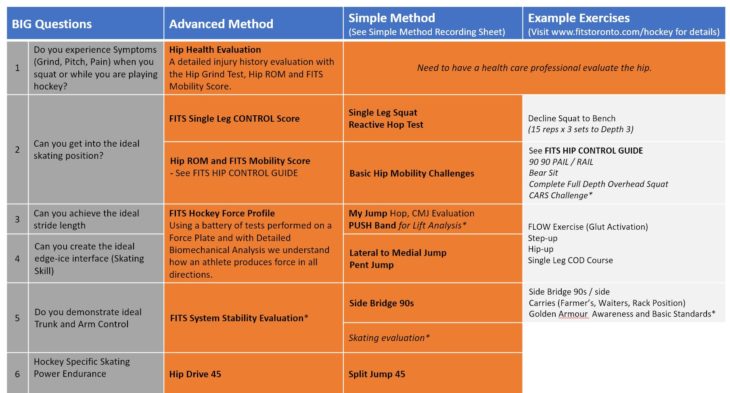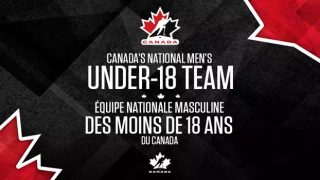As the game evolves, so too must its players. Hockey has demanded that players become quicker and more agile while reading and reacting to the fastest game on Earth.
Much like how horsepower, torque and handling are essential to a racecar’s performance, key athletic qualities ultimately determine skating performance in hockey players. Ideal skating mechanics are directly related to an athlete’s ability to squat and control their core, so understanding this connection can go a long way to improving on-ice performance (and ensuring long-term hip health).

Core stability is essential for all athletes because the integration of arm drive with the force production derived from the lower body is transmitted through a player’s core. Consider the core to be the body of a performance vehicle and the engine to be the legs. If the power derived from the legs overwhelms the body, shearing takes place and performance is below optimal. For a human, this also means increased risk of injury.
Time spent in dryland training needs to be prioritized and more systematic. Attention must be paid to the demands of the changing game by building better athletes. There is a strong understanding of how athleticism impacts skating performance and new insights are being uncovered at a rapid pace.
A hockey player’s edge work and agility is related to the subtle way an athlete changes direction and the body’s symmetry has become a significant part of the process at FITS Toronto. The Skating Performance Metric Tool uses six simple questions to evaluate and create a means of improving a player’s skating performance. You’ll be able to attack deficiencies during the off-season with clarity and focus, while monitoring and adjusting your dryland program to address your unique profile.
The ideal skating position is unique for each athlete, but athletes should generally maintain a neutral spine, with the glide leg slightly above a parallel squat. To accomplish this requires excellent leg strength, which can be tested with a simple and extremely powerful single-leg squat test.
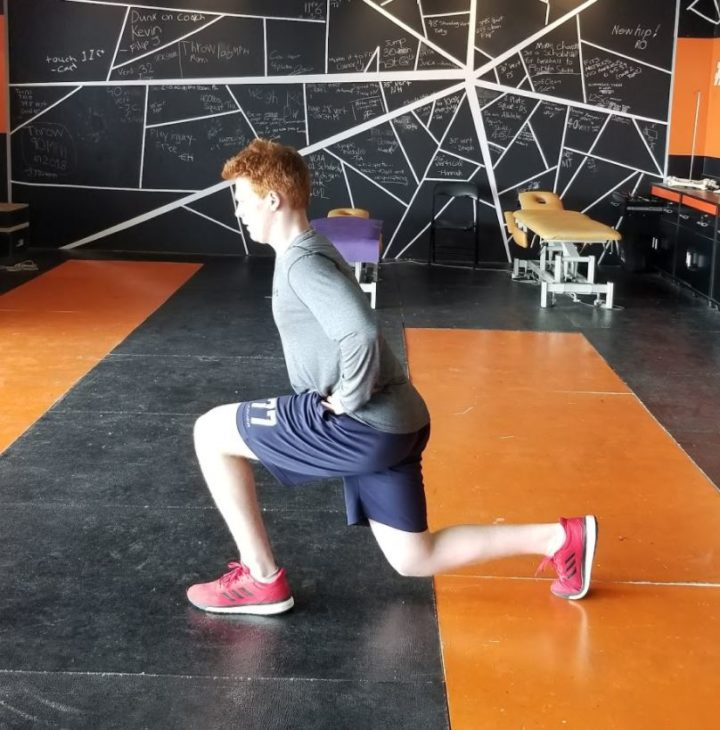 |
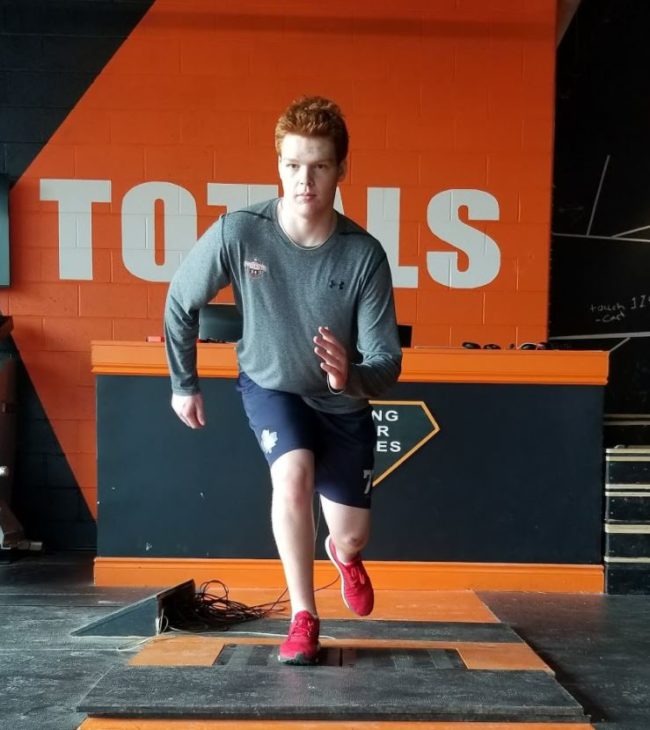 |
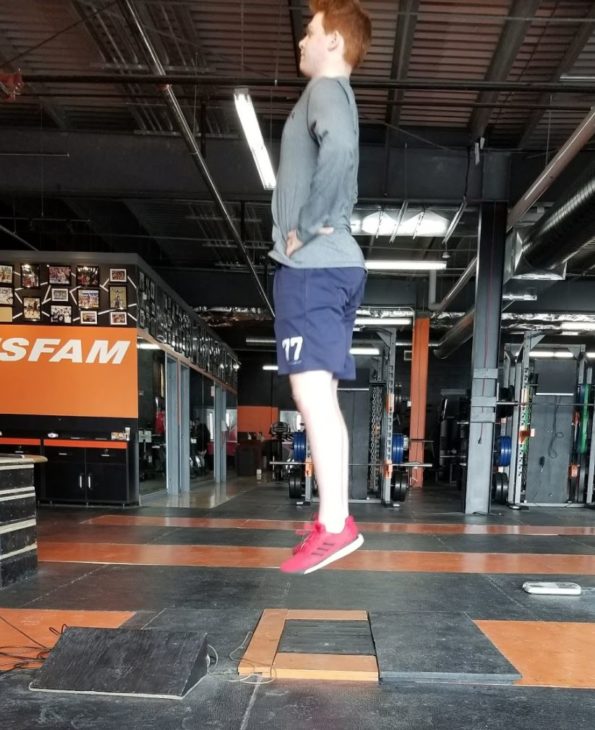 |
Your ability to maintain speed during an intense shift and during an entire game is dependent on the ability to sustain the direction and magnitude of the skating impulse. A great test is the Split Jump 45, a lunge-style exercise meant to be done in 45-second bursts (like the typical length of a shift).
Proper treatment of any sensitive areas is important to both the short and long-term health of athletes, meaning any experience of pain while skating or squatting should be addressed. Taking care of tweaks in the moment can help athletes avoid further injury, like soft tissue strains in the hip flexor, hip adductor and lower abdominal wall, as well as lower back pain and deep hip pain that can lead to more serious issues.
To properly evaluate the hip a player needs to see trained health care professional. Establishing good hip mechanics – like control, mobility, tissue pliability and tissue health – is essential for all hockey athletes. So get those hips aligned (and strengthened) this offseason to make every stride count in 2018-19.


